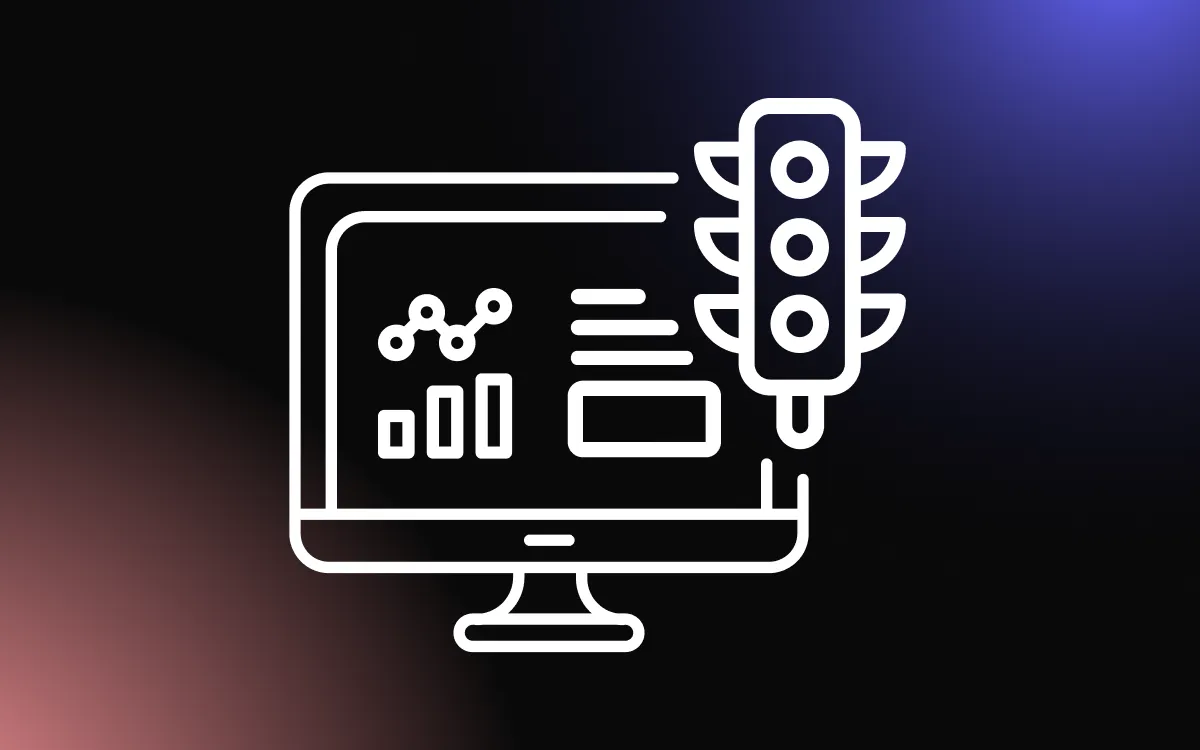
In our fast-paced digital world, website speed is essential for providing a smooth, enjoyable user experience. A slow site can lead to higher bounce rates, lower conversions, and even negatively impact search engine rankings.
As mobile browsing grows, optimizing your site’s speed is more vital than ever. In this guide, we’ll explore best practices for optimizing your website’s speed, enhancing performance, and boosting user engagement.
Assessing Your Website’s Current Speed

Before you start optimizing your website, it’s essential to assess its current speed. This will provide you with a baseline against which to measure improvements. There are several tools available to help you analyze your website’s performance, including Google PageSpeed Insights, GTmetrix, Pingdom Website Speed Test, and the page speed tool by Experte.
After running your site through one or more of these tools, you’ll receive a detailed report highlighting areas for improvement. Take note of the suggestions, as they will guide your optimization efforts and help you set specific goals.
Optimize Images

Images often make up the largest part of a website’s size, so optimizing them can significantly reduce page load times. Key strategies include choosing the right file format (JPEG for photographs, PNG for graphics, and WebP for excellent compression), compressing images with tools like TinyPNG or ImageOptim, and using responsive images with srcset and sizes attributes or the picture element.
Minify CSS, JavaScript, and HTML

Minification is the process of removing unnecessary characters (like whitespace and comments) from your code without altering its functionality. This can lead to smaller file sizes and faster load times. Use tools such as UglifyJS for JavaScript, CSSNano for CSS, and HTMLMinifier for HTML to minify your code and improve your website’s performance.
Leverage Browser Caching
Lazy loading holds off on loading non-essential content until a user scrolls down to it, which helps cut down initial load times and boosts performance, particularly for pages packed with content. You can put lazy loading into action by utilizing the Intersection Observer API or by employing third-party libraries such as lozad.js or lazysizes.
Enable Compression
File compression, such as Gzip, reduces your website’s file sizes, making them faster to download and improving site performance. Verify successful compression with tools like GzipWTF or by checking your site’s response headers.
Optimize Web Fonts

Web fonts can be visually appealing, but they can slow down your site. Optimize them by using modern formats like WOFF2, limiting font weights, and implementing the font-display CSS property.
Use a Content Delivery Network (CDN)
A Content Delivery Network (CDN) consists of servers spread across the globe. When someone visits your website, the CDN provides your site’s files from the nearest server to the user, cutting down latency and speeding up load times.
Employing a CDN offers multiple advantages such as decreasing server load, quicker content delivery, and heightened security. Well-known CDN providers like Cloudflare, Amazon CloudFront, and Fastly can greatly enhance your website’s performance.
Optimize Server Response Time
Server response time refers to how long it takes for your server to answer a user’s request. A sluggish server response time can greatly affect your website’s load times and overall performance. To enhance your server response time, think about these strategies:
- Upgrade server hardware: Make sure your server has enough resources (CPU, memory, and storage) to manage your website’s traffic.
- Optimize server-side code: Fine-tune the code on your server (like PHP, Python, or Ruby) for efficient execution. Utilize caching mechanisms, such as Redis or Memcached, to cut down on database queries.
- Use load balancing: If your site experiences heavy traffic, consider a load balancer to evenly distribute the workload across multiple servers, minimizing the chance of performance bottlenecks.
Implement Lazy Loading

Lazy loading delays loading non-critical content until the user scrolls to it, reducing initial load times and improving performance on content-heavy pages. Implement lazy loading using the Intersection Observer API or third-party libraries like lozad.js or lazysizes.
Conclusion
Optimizing your website’s speed is an ongoing process that requires constant monitoring and improvement. By implementing the strategies discussed in this guide, you can significantly boost your site’s performance and enhance the user experience.
Remember that a fast-loading website not only improves user satisfaction but also plays a crucial role in your site’s search engine rankings. Make website speed optimization a priority and enjoy the benefits of better performance and higher user engagement.


